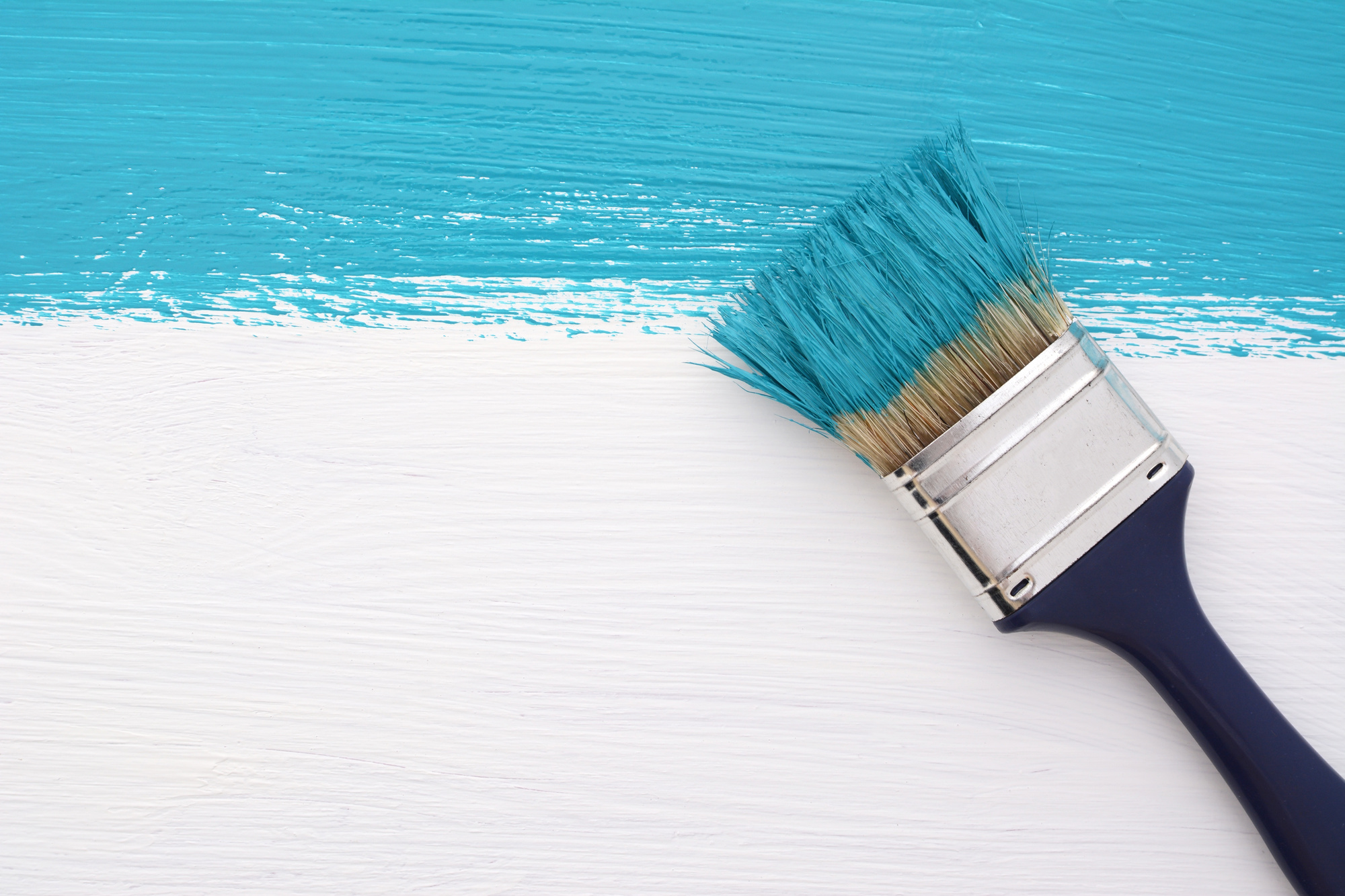Did you know paint contains a variety of chemicals that are bad for the ozone layer and our water systems? That’s right. Traditional paints contain VOCs, which are volatile organic compounds that can cause an array of health problems for humans and animals.
Luckily, technology has allowed us not to reply on VOCs as much anymore in paints today and there are many others ways to minimize the environmental impact of paint as well. Read on to learn painting tips to keep your homes safe and green.
1. Don’t Overbuy Paint
This sounds obvious but the most common mistake that people make when it comes to painting is they buy too much of it. This is wasteful and encourages excessive production.
If you’re not sure how much paint you’ll need, ask a professional painter for help. They’ll probably be able to tell you exactly how much you need. Click for more advice from professional painters.
2. Use as Little as Possible
You might’ve seen walls that you can tell have tons of paint on them and how do they look? Not so attractive. To avoid this, buy higher quality paints that won’t require you to drench your walls in them. They may cost a little more upfront but will save you a lot of headaches (literally) from paint fumes, money, and time in the long run.
3. Prep Your Surfaces
Before you paint, make sure you prep your surfaces because no amount of paint is going to cover a bumpy or dirty wall. If you try to paint old walls without preparation, you might just find yourself painting them again within weeks because the paint will peel, crack, or split.
For dirty walls, give them a good scrub before painting. For walls full of bumps and holes, sand them down and fill in the holes. Yes, it’s more work but in the end, it’ll help you use less paint and help the new layers of paint stay on much longer.
4. Donate or Reuse Leftover Paint
Before you throw away extra paint, ask around to see who might need them. You never know who was just thinking about repainting their walls. Or, store them in a cool, dark, and dry spot to use them again for another project.
Some states also have paint take-back programs so do some research to see if there’s one near you.
5 Dispose of Paint Properly
To get rid of small amounts of latex paint, simply leave the lid off and let it dry before you throw it in the trash. For larger amounts, you can stir in equal parts cat litter and wait for the mixture to dry before tossing them.
For oil paints, you must bring them to a local Household Hazardous Waste Facility. If you can’t get to one, don’t worry. Many of them offer regular and free pickups.
Use these Painting Tips to Keep Your Home Green
So there you have it, our 5 painting tips to help your walls looking nice without damaging the environment. If you’d like even more resources on living a more eco-friendly ilfe, simply head to our “Eco-Friendly Tips” page to see more!










